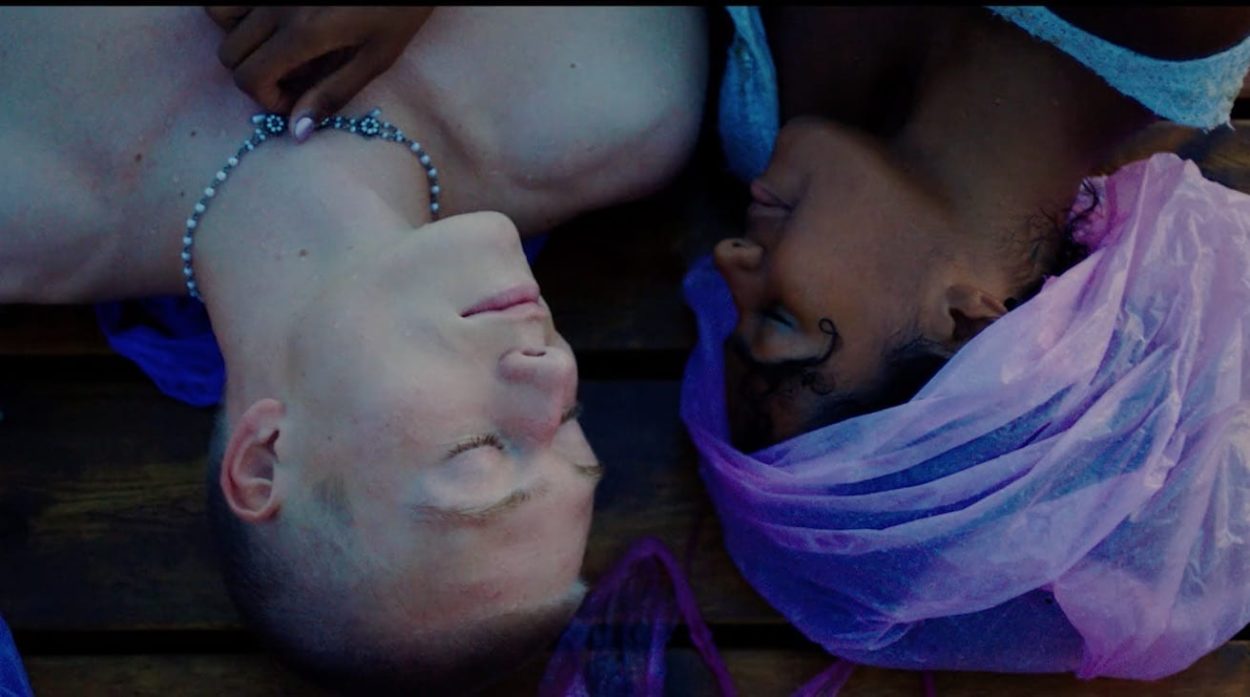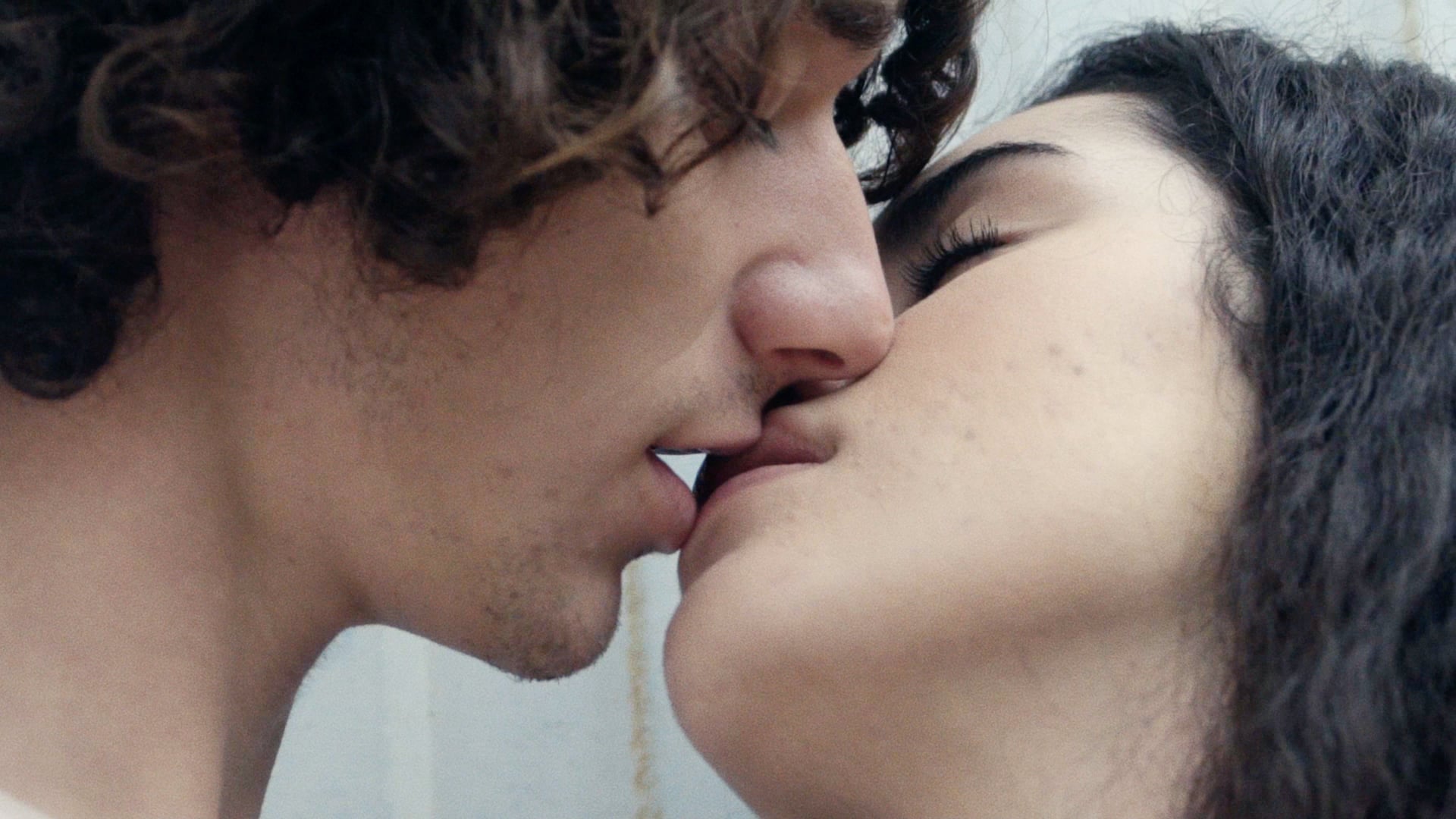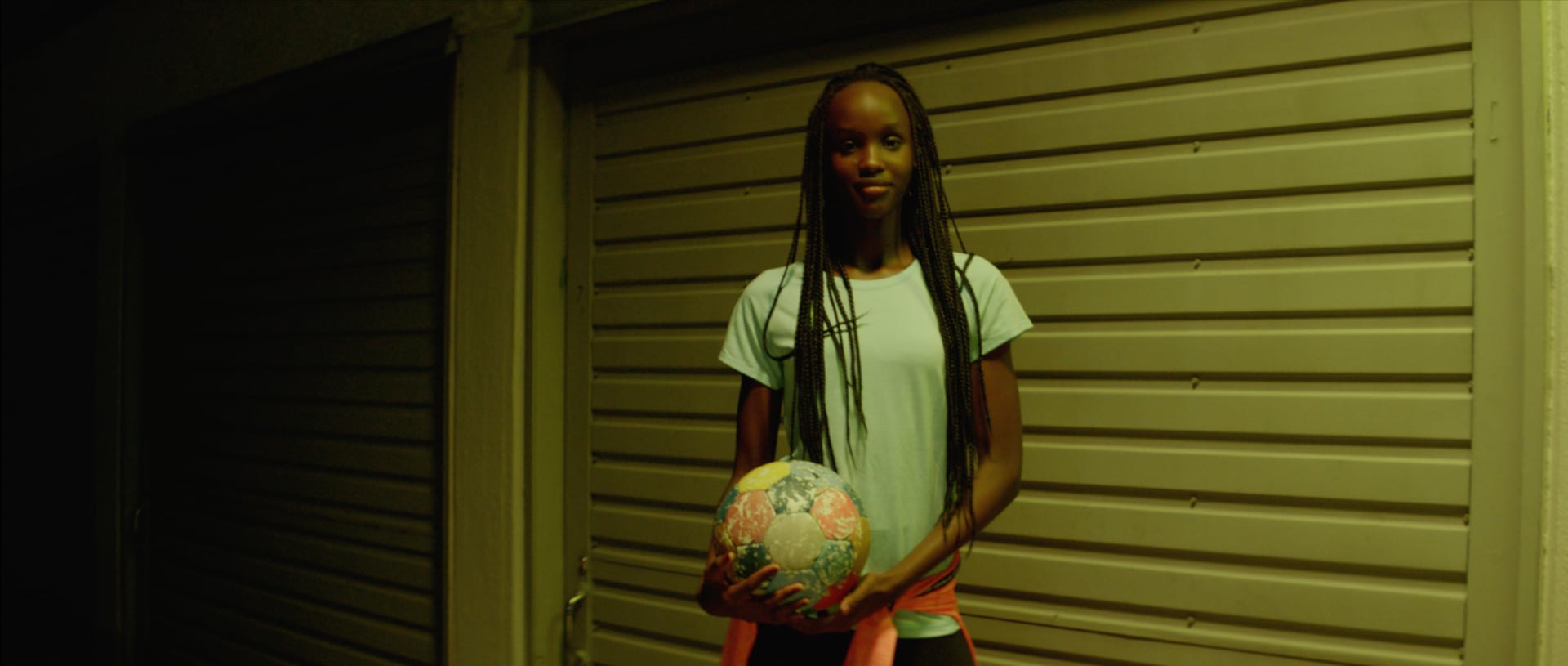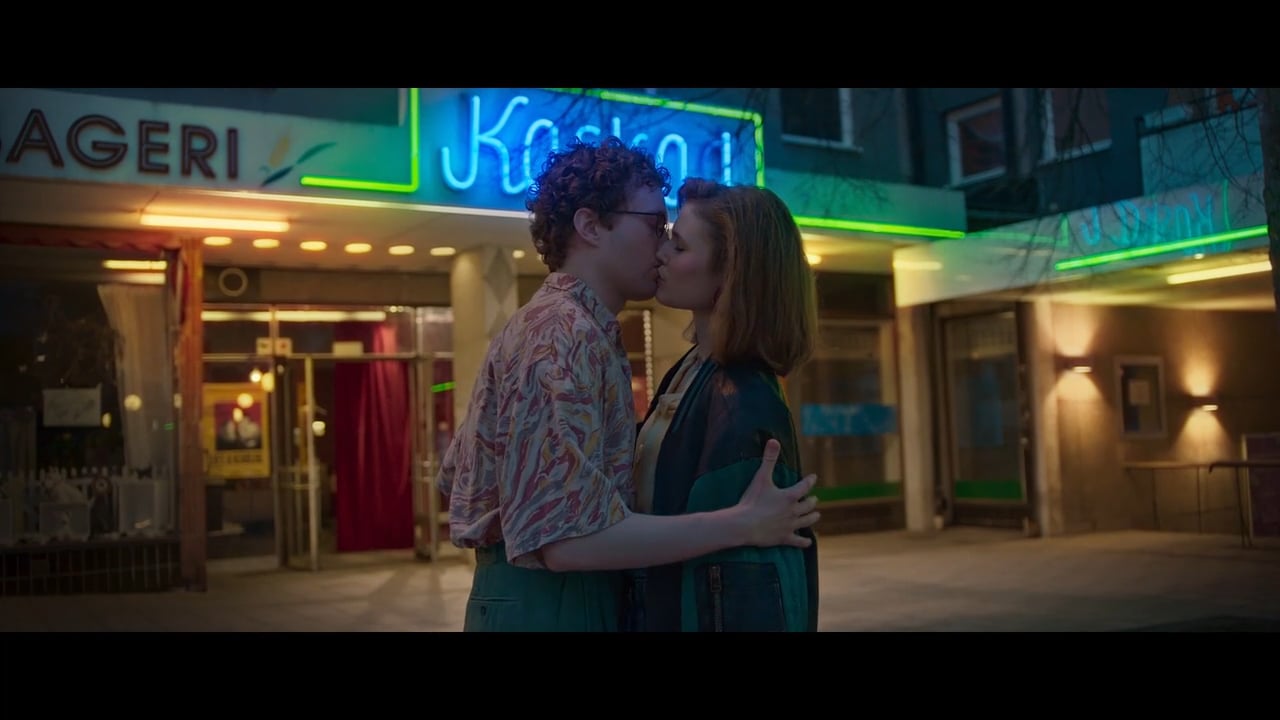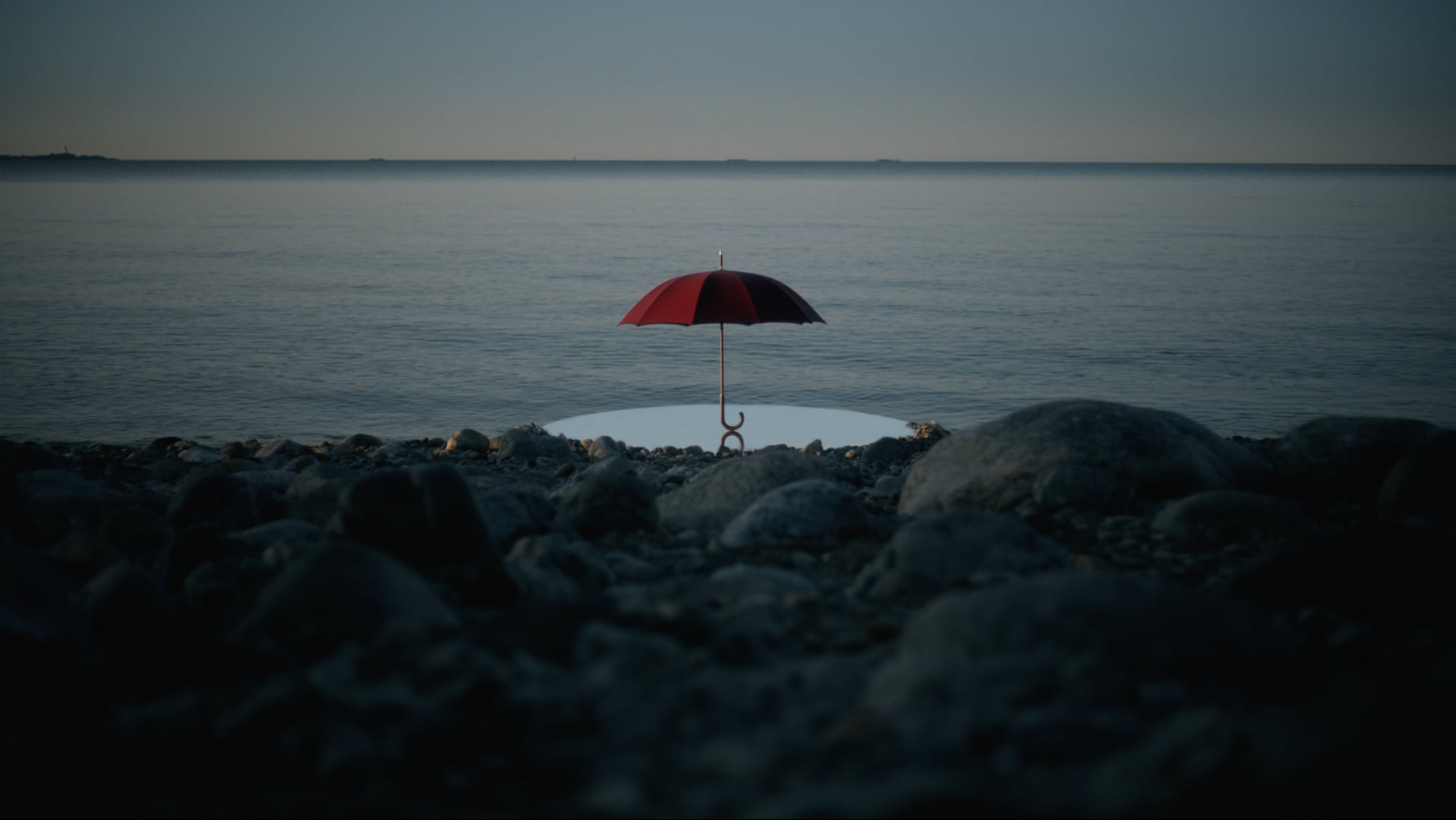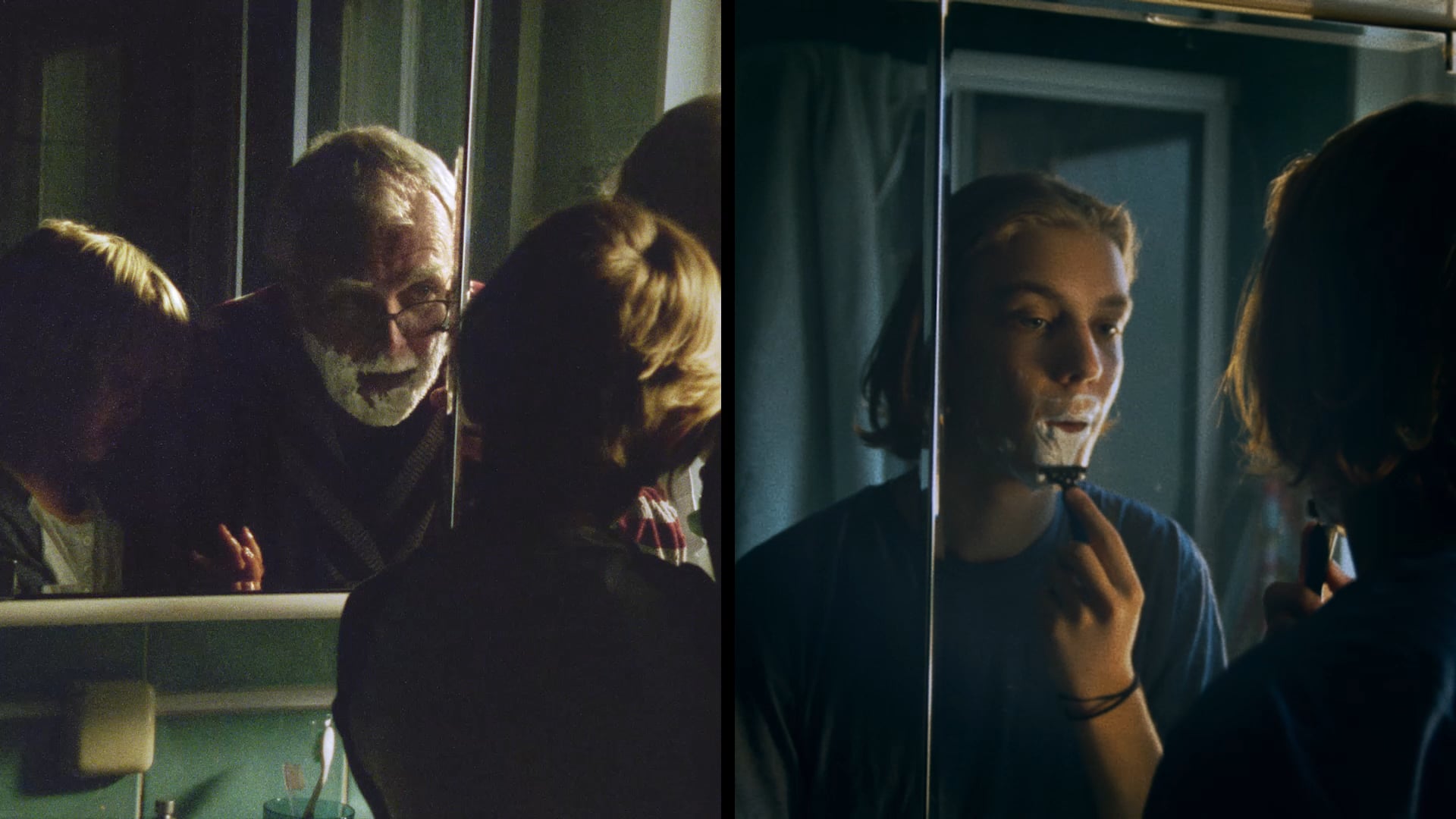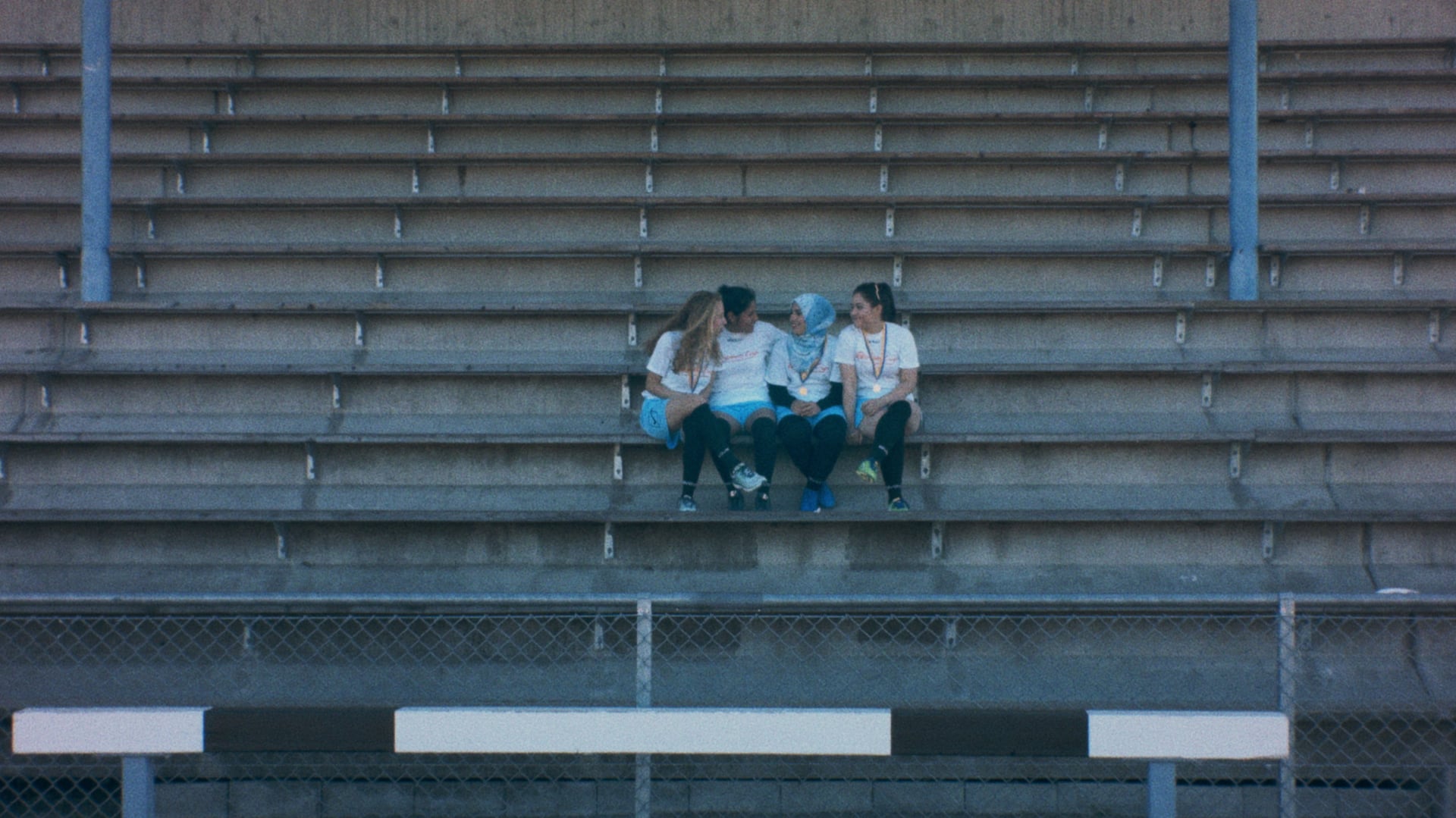At what point did you know you wanted to be a filmmaker and how did you go about pursuing a career directing?
I’ve always been interested in film and photography. For most of my career, I worked in the fashion industry where I was introduced to the world of production. I worked mostly on still image shoots but I ended up on a music video shoot once, and it gave me so much more adrenaline than usual. That’s when I realized that this was the direction I wanted to go in. I studied at Hyper Island in Stockholm, where I had the time and space to explore my interests. I had a few amazing mentors who encouraged me to start making music videos by myself.
Then I completed an internship at Anorak in Berlin, which propelled me to work as a director’s assistant for B-Reel Films in Stockholm. Being there was a great education. I got to assist directors and they gave me plenty of freedom and opportunities to direct myself, including overseeing the casting process and writing treatments. On the side, I began making my own music videos, establishing contacts and putting together a core team. After a year working like this, I secured my first pitch and I’ve been directing commercials and promos ever since.
You previously worked in fashion. How did this experience contribute to your cinematic style and outlook, if at all?
It definitely shaped me. I used to be a model, so I was always in front of the camera but I wanted to see what it was like being behind it and being part of a team. Being a filmmaker has developed my eye for detail and it has also taught me not to be too precious about making things seem perfect; something the fashion world sometimes obsesses over. I think the best images contain flaws and of course, the best moments in a film are usually unplanned. Anything like a camera movement or something an actor does naturally can intrigue me. I’m always very aware of the person that I’m directing; the most important thing for me is to make them feel comfortable as I find that’s when the magic happens.
Tell me about your creative process.
I am very visual and I have a lot of images in my head. Usually I sit down quietly and start to write ideas down on a piece of paper. They don’t have to make sense at this stage; it’s just a response to my gut, my initial thoughts. Then I try them out on different people, mainly my family or people outside the industry. I love brainstorming like this because I find I develop my ideas more when people bring different reference points to the process.
I like to work on the treatment and pull images together early on in the process so I have something as a work-in-progress to show to the producer. I am very transparent and love collaborating and receiving feedback. Music is also a big part of the process for me, so I always try to include that element from the start too. I tend to keep an eye out for possible tracks to use and reference the sort of style I’m after. When composing a track for a film, I try to get a draft from the composer before the shoot to help set the mood.
For me, the script and film idea will inevitably change throughout the filmmaking process. This could be anything from my casting decisions to the set location. Obstacles always crop up and I’m always developing the scenes on the job. I’ll usually write notes to myself the day before a shoot with some ideas of what I want to try out on-set. Often these are things that aren’t actually in the script.
Let’s talk about the film you shot for VAX. How did that come about?
Sony Music asked me to pitch on the track. The brief was really wide and the artists were open to ideas. I’d had the idea to play with rubber ducks for a while and I thought it could be a good match for the track so I developed the script from there. It was a really fun and creative process for the whole team involved since the brief was so open.
VAX, Crime is a sensual exploration of a relationship between two people. How important was it to bring this narrative to life through ambience alone?
Finding the right actors was key; that way, I could just let them do their thing. I wanted to cast two people that could be completely natural together and express their feelings, but of course, they both had to look interesting to suit the style of the story. I really trusted the girl, actor Savanna Hanneryd, to move however she wanted because I just thought she has this amazing way of speaking with and using her body. Whereas the guy, Jacob Thörnäs, has this mysterious look in his eyes, as if he’s hiding a secret. The energy between them was really magical; I didn’t need to spell anything out or even have them in kiss in the promo. It felt enough to just have them looking at each other and acting playfully.
.
A lot of your work is very people-orientated and you’re quite skilled at capturing hidden moments in humanity. What are you looking for when you’re directing your actors?
I am always looking for personalities. People that act naturally in front of the camera and add a certain je ne sais quoi to the scene. I really like directing a group of friends or a family for instance; because it’s easy to manipulate the situation and help them to forget that the camera is there and allow them to just be.
When shooting more controlled scenes, I like to prompt my actors with something to talk to each other about, even if it’s for a piece without dialogue. It always seems to make the scene appear more natural and you never know what thoughts will spontaneously emerge; it always makes the scene more interesting and personal.
What are you working on at the moment?
In between commercial jobs, I have plenty of ideas that I’m constantly working on. I’m just about to start a short film that I’ve been developing and processing for a while and I think it’s brewed to a point where I’m now ready to take it to the next stage.
You’ve been directing for a few years and were awarded Best New Director at the Roy Awards, what have you learnt so far in your career as a director and what do you aspire to achieve?
I have learned that it’s important to go your own way and be passionate about whatever you’re making. I always want to push the scripts to make them more interesting or unusual and not stick to the rules. Building good relationships with the team is also really important. So, I often try to involve the whole team in the creative process to make everyone feel included. I think that sense of camaraderie shows in the end result.
I want to keep challenging myself and am keen to do more commercials at a bigger scale. But I also really enjoy making short films as there’s so much more freedom to be explored.
At the moment, I’m trying to collaborate with as many different people as possible and see where that takes me. There are so many inspiring people I want to work with, across different disciplines like DoP’s and stylists. I also want to gain some work abroad as that’s what I’m used to; I know that travelling is when I feel most alive and inspired.
Interview by Olivia Atkins
LINKS
